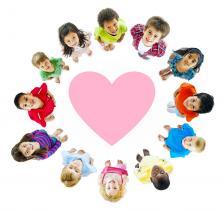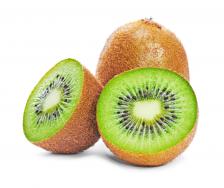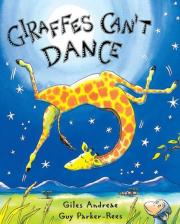Celebrate Diversity with Universal Children’s Day
In honor of Universal Children’s Day, here are 5 ways you can help your kids learn and appreciate people of different cultures.
Cheryl Butler
 In 1954, the UN General Assembly proclaimed that November 20th will be celebrated as a day of worldwide togetherness and understanding between children in order to promote the welfare of the world’s children.
In 1954, the UN General Assembly proclaimed that November 20th will be celebrated as a day of worldwide togetherness and understanding between children in order to promote the welfare of the world’s children.
This day began as the focus of international children’s rights but now serves to showcase cultural diversity throughout the world.
In honor of Universal Children’s Day, here are 5 ways you can help your kids learn and appreciate different cultures (without necessarily traveling to other countries):
Tip #1: Try the Kiwi Exercise
My childrens’ school has been doing a fun and thought-provoking lesson on diversity called the Kiwi Exercise adapted from The The Freedom Writers Diary Teacher’s Guide by Erin Gruwell.
Here’s how it goes: Gather a group of children together and pass out a kiwi to each child. Instruct students to explore the outside of the kiwi and to make a list of as many adjectives as they can to describe it. After everyone has come up with their list, students then share some of the adjectives they came up with. Words like “ugly,” “hairy,” “furry,” “icky,” and “weird” are likely examples.

This time around, words like “sweet,” “tasty,” “colorful,” and “delicious” might come out.
Students are then asked to explain what they notice about their two lists of adjectives. Most kids realize that if they only looked at the kiwi and didn’t try it, they would not have realized how good it tasted. This begins a discussion about how people sometimes make assumptions about each other because of how they look or the way they dress.
At the end of the exercise kids have the opportunity to share stories about their own experiences of being judged based on the way they look, their religion, ethnicity, etc. This is a great way to open children’s minds about not judging a book by its cover.
Tip #2: Provide Opportunities to Experience Difference
Look for opportunities in your neighborhood, school, places of worship, camps, concerts, and other community events for your children to interact with people who are racially or culturally different from them, or who have disabilities. When kids interact with those who are different from them at a young age, they are much more accepting of otherness as they grow older.
Tip #3: Use Different Cultures to Inspire Holiday Decorations
When you’re decorating your home for the holidays this year, consider using various cultures as inspiration.
For example, you could incorporate a piñata filled with Christmas candy in your celebration or let your kids paint chopsticks that you can use as colorful ornaments on your tree. Get your kids involved and see what ideas they can come up with. This also provides an opportunity to do some simple research on how other countries and cultures celebrate the holiday season.
Tip #4: Take a Stand Against Cultural Insensitivity
If you want your children to grow up without prejudice and with cross-cultural understanding, you can’t show tolerance for racism or cultural insensitivity yourself. If you are uneasy or uncomfortable around people of different backgrounds, your child will pick up on it.
Consider the way you talk about people. Do you describe someone by their race rather than other personality characteristics first? Be careful of the messages you are sending in front of your child.

Tip #5: Read Giraffes Can’t Dance
Giraffes Can’t Dance by Giles Andreae is the whimsical and touching children’s story about how being different is OK. The lesson of the book is that you can still be good at something even though you have to go about it a little differently.
It’s a wonderful book for preschoolers and young children to validate being different from their peers.
How do you introduce diversity to your children? Share your ideas in Comments below or on the Mighty Mommy Facebook and Twitter pages.
Diversity and children and kiwi images courtesy of Shutterstock.

